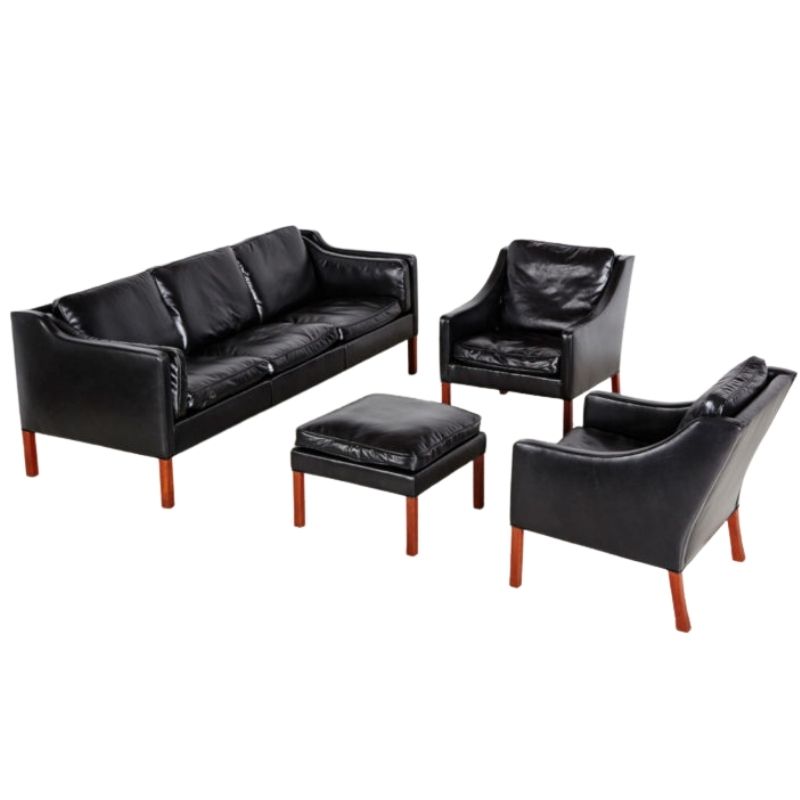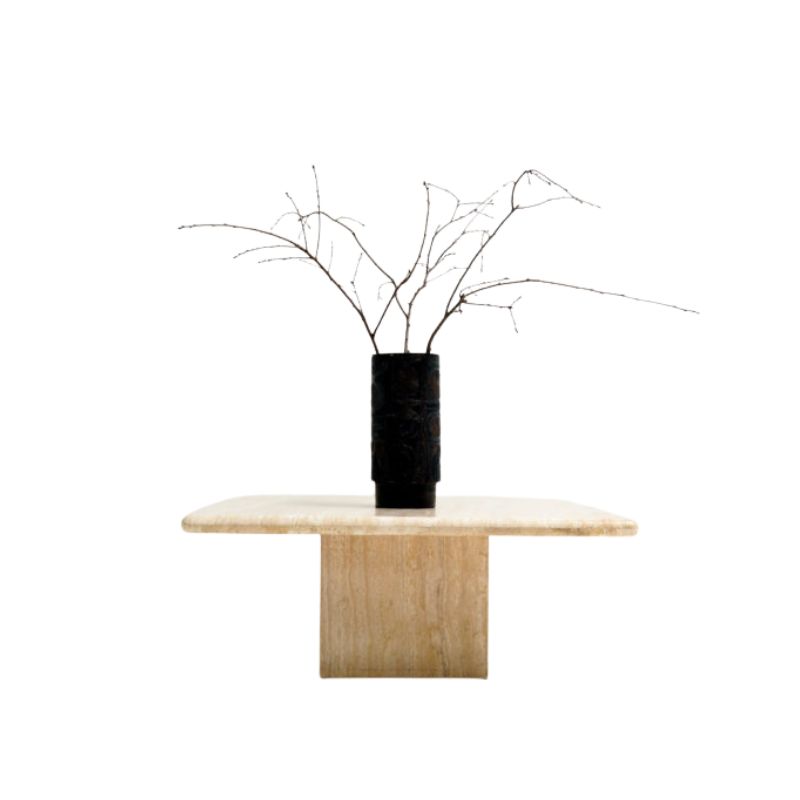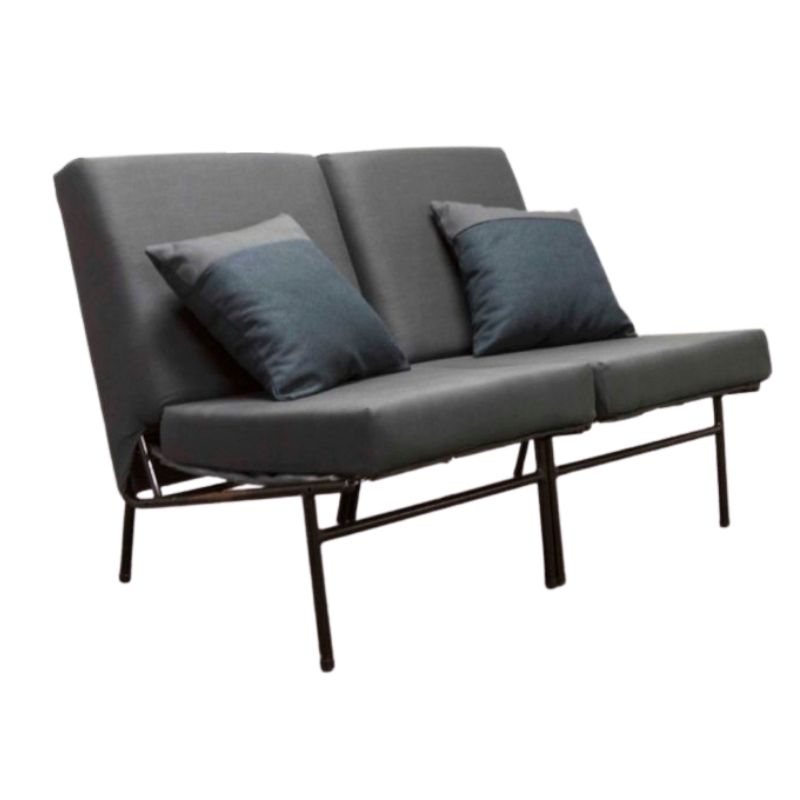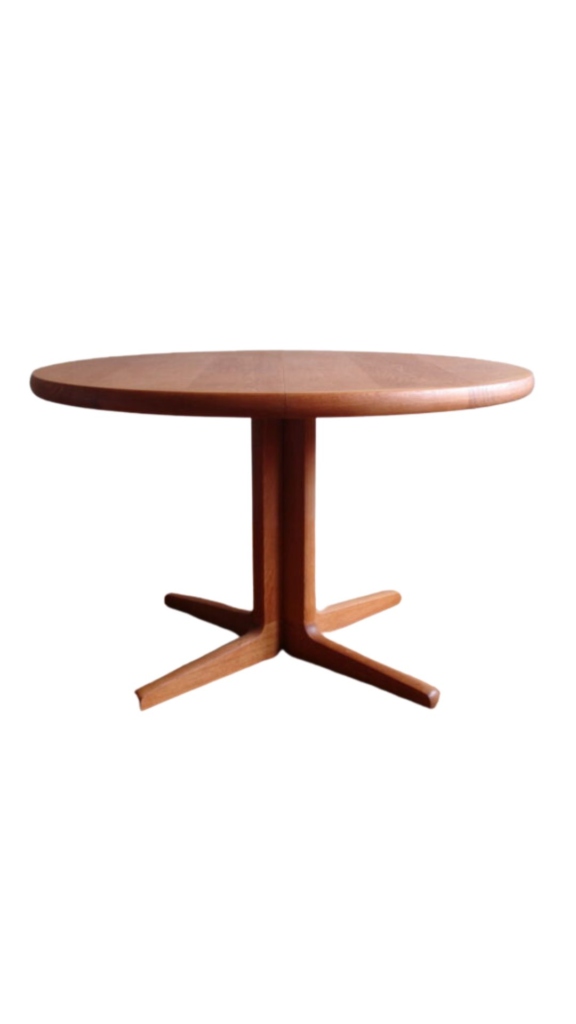hi all,
picked up this lounge chair cheap as the person had tried (badly) to remove the original colour and varnish and i have three questions :
does anyone know the designer ?
can anyone help with info on how best to put it back to it's former glory ?
would the seat have had webbing underneath ?
cheers,
bb
oh, and a bonus question for leif - can you name that wood 🙂
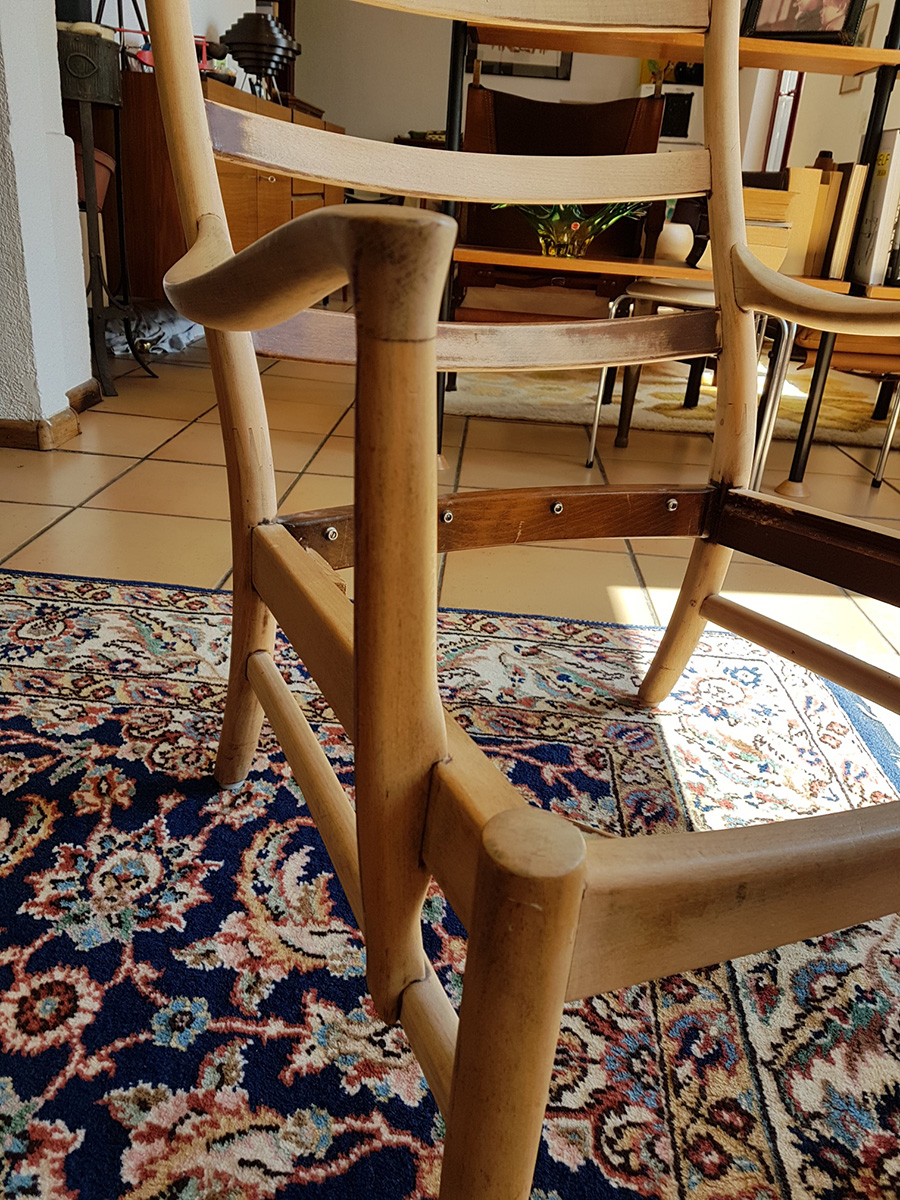 <img class="wpforoimg" src=" http://d1t1u890k7d3ys.cloudfront.net/cdn/farfuture/3XZQDBtC
<img class="wpforoimg" src=" http://d1t1u890k7d3ys.cloudfront.net/cdn/farfuture/3XZQDBtC
I discovered awhile back that if you right click on a photo and then select Open Image in New Tab (maybe it looks a little different on a pc? I have a mac), the photo will be the original size which is often way bigger. And sometimes that's just the display size and it can be made even bigger and still be clear.
The photo of the arm is actually huge and offers a really clear view of the grain on that part of the chair. The others are not bad either. Maybe everyone else already knew this---in that case, never mind!
Anyway, I'm not a wood ID person beyond a few basics. But that seat---are those snaps along the back rail? I see there are corner blocks in front but the cleats on the side rails are higher than the corner blocks so that's where the seat support was attached. Webbing is usually done in both directions or just side to side, so I guess it could have had webbing...but that's not much of a tacking surface to work with. I think I saw old-looking tack holes in one photo, but I'm also wondering if it had a drop-in frame with webbing or sinuous springs (the flat zig-zag type that arch upward a bit). Or even a frame with coil springs. I redid a 50s chair once that had coil springs with a manufacturer's tag in German--pretty rare to see here in the US but maybe not so much where you are.
I have a feeling that if those are snaps along the back that the back cushion fastened to them to keep it from creeping up when the chair is sat in.
Could you please add a photo or two of the seat shot straight from above and maybe a closeup of the old tack holes on the sides? I think those extra pine (?) blocks at the rear were added later but maybe I'm wrong.
I like the chair a lot. I like it blond, even if it means those finger joints on the back are on view. I'd probably get someone with some skills to make a drop-in seat frame with sturdy joints and then do a proper elastic webbing over that, in both directions, then make conventional box cushions. If you do 2" latex foam on the back, it will pretty much settle into the curves of the frame. If you do urethane foam you will have to shape it to the curves with kerfing, but that's easy to do. If you don't, it will be ramrod straight and will just look wrong.
hi spanky, leif, mgee76,
and many thanks for your comments.
spanky, two more photos as requested. i think you're right about the drop in frame ... but there are lots of tack holes.
leif, two more photos of the wood ...
mgee76, yes, i think the only option will be to finish the sanding though i have the impression that the previous owner used a type of paint stripper but it hasn't taken off all the lacquer and there are bits that appear deep in the grain. not sure they will come off with just sanding. might try stripping it again and see if that does the trick.
thanks all !
bb
p.s. does anyone think that there are elements of wegner's style in this chair or am i just imagining it ... might just have hans j on the brain 🙂
It is Beech. And it is not Hans J. Wegner. It was influenced by Ole Wanscher, certainly. Take a look at his Colonial Chair. Of course Wanscher was fond of interpreting traditional styles, so you could also say it was influence by them.
The long finger joint on the rear leg is unusual. I can't think of many examples of one of them in furniture that is of the era.
I would guess beech? It's not ash, which looks more like oak. This has a pretty fine grain. You can make out what looks like tiny beech rays to me, anyway, in the front rail on the seat. I will also post the zoom of the end grain on a leg or back post or whatever it was.
I am quite sure it was sanded, not stripped. Stripper would have dripped down the sides on those seat rails but what you have are is a very crisp line where the bare wood stops and the old finish begins. And that lower rung (?) on the back would have drip marks instead of the finish being smoothly and gradually worn away.
Sanding will leave finish in deeper pores. Sometimes a stripper or solvent will lift this out. Spot cleaning will leave marks like watermarks but just go over it all with solvent to get rid of them.
I didn't notice the snaps at the top, too-- i have seen these on some Danish chairs. Most are attached with a little screw through the center and they are easily replaced once you're done refinishing. You can buy new ones if you want to redo the cushion the same way---they should fit the old halves on the chair perfectly but if not, just replace all parts with new. I have done that, too. No big deal.
As for the seat--looks like there are not tack holes all along the rails? Some gaps, maybe? I can't really tell. They are tack holes, though. Maybe it did have webbing of some sort.
I think it looks a little Wegnerish in that the back is wider at the top. I like that a lot. With the right fabric this chair could be a real looker, no matter who designed it.
edited to add: oops, forgot the photos, and now i see Leif has definitely ID'd it as beech. Whew!
hey again,
thanks for the clarification leif. and yes, clearly the colonial chair was the inspiration for this piece.
spanky, many thanks for your input. i'll definitely get the solvent out and have a go at getting it back to pristine again. and yes the snaps at the top and bottom are attached with screws through the middle so should be ok to take off and put back on again.
also, like you, i also prefer blondes 😉 and was thinking of simply putting a clear oil and varnish to finish. what do you think ?
cheers all,
bb
The areas where the original stain has sunk deep into the wood is also consistent with beech wood. It is notorious for taking a stain unevenly. In some places the stain will sit on the surface, and in others it will soak in very, very deeply. As a consequence of this you see very thick colored lacquer finishes on beech. It ends up being sort of like a semi transparent paint over the wood.
You could probably get it out with two part wood bleach. It will lighten the wood even more, though. You would probably want to bleach the entire chair for even coloration. Then you would have a "clean slate."
Two part wood bleach is actually fairly easy to get. Part 1 is lye, sodium hydroxide, which you can purchase in hardware stores in crystalline form for clearing drains. Just make sure you read the ingredients and get the one that is 100% sodium hydroxide. Part 2 is high strength hydrogen peroxide, 30%, not the stuff you can buy at the pharmacy. This is much stronger. You can find it if you call around to health food stores. People drink minute amounts of it as a cancer treatment.
You mix up the lye, brush it on, let it dry. DO NOT GET IT ON YOU. Wear protection, etc. Then brush on the hydrogen peroxide. Again, DO NOT GET IT ON YOU. Wear protection. Seriously.
The wood will bubble a lot when you put on the hydrogen peroxide. And then it will be white. Very, very white.
I am not suggesting that you do this, just putting it out there as an option.
Oil and varnish will give it a yellow color that will get more yellow with age. There are lots of old beech pieces with clear finishes online that will give you an idea of what this will look like. Beech can also age to a peachy color---which i personally don't like but that's just me and it could be because i associate it with boring mass-produced IKEA stuff.
hi leif, spanky,
many thanks as always.
leif - as you predicted, i tried to remove the stain with stripper but in some areas it had sunk in so far that it wouldn't come out (you can see on the pics that when it's wet the stain is evident). the nuclear option does sound like the only option to really get it back to bare wood. i don't think i'm ready for that yet but it's a great piece of info and i'll definitely keep it in mind for future projects !
spanky - i've looked online and see what you mean about the peachy colour. i don't dislike it as much as you but can see what you mean ... and even on the bare wood i can see a peach tinge to the wood.
so i guess that i'll simply stain it back dark again and varnish.
many thanks as always and thanks for all your advice !
cheers,
bb
You might try brushing on some fresh chlorine laundry bleach first. It might just work. It might also require many applications. It will oxidized the colored molecules if it gets in deep enough and has enough available oxygen. (Stripper was never going to work here).
Then, you might try brushing on bleach, followed by pharmacy grade hydrogen peroxide. The peroxide will supply extra oxygen for the bleach. It would robably be good to try this on an hidden part of the chair first to see if it bleaches the wood too. This is the lite version of wood bleach that I described above.
If you do tinted Danish oil, it will emphasize the medullary rays in the beach. It will be really wild grain. If you want the sedate stained look you will need something thicker.
If you need any help, please contact us at – info@designaddict.com




